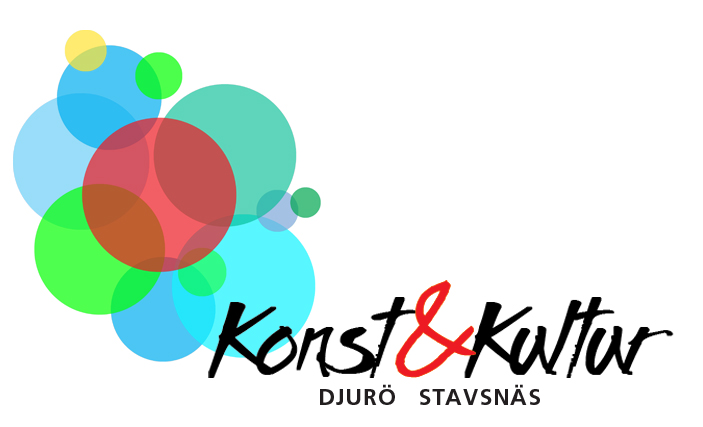Nature and Culture Trail Kyrkudden
6. Early industry in the Archipelago
In shallow water here, and parallel to the shore, there’s a wreck, 3-4 metres wide, about 16 metres long and completely covered in seaweed. It’s clinker-built and loaded with lime.The lime on this wreck probably comes from Runmarö where there was a lime kiln as early the 13th century. At that time Runmarö was owned by the convent of St. Clare in Stockholm and lime was transported from the island to Stockholm to be used in building religious houses. Lime from Runmarö has been found in the oldest parts of the Royal Palace in Stockholm, which are from the 13th century! Mining was at its most intensive during the 16th and 17th centuries, when Stockholm was growing rapidly and lime from the archipelago was needed for building houses.Limestone was extracted from the rock either by hand or by heating it with a wood fire and then cooling it with water. After that it was heated in large wood-fired ovens. Water was then poured over the hot limestone, making it disintegrate into a white floury substance. This was mixed with sand and water to make mortar. Enormous amounts of wood were used and the surrounding area was more or less deforested.Working at the lime-kilns was extremely hard. In 1630 there were 12 employees. There was also day-labour, which was sometimes compulsory. In 1627 Tore Brynilsson was sentenced to labour at the lime-works while the authorities investigated his relationship with a married woman, Karin Sigfridsdotter. And in 1628 Olof from Argboda on Vindö was ordered by his step-father to “submit to day-labour at the lime-works”. Sometimes you could work there instead of doing military service, as in the case of Jakob Hindersson at Alsvik on the island of Svartsö in 1628. His name is found in an old document about young men who were to be called up for military service. There’s a note by his name indicating that he worked at the lime-kilns.Roof-tiles and bricks were needed to build houses. Several brickworks were constructed in the archipelago during the 17th and 18th centuries. By the end of the 18th century there were about a dozen of them on Värmdö and one on Djurö. Today there are still lots of old roofs covered with tiles from one of the works in the archipelago.When people from the archipelago journeyed inland, they traded their goods for things they needed, like herring for grain. But they also produced grain themselves on their small patches of land and so they needed mills. The most commonest type was the watermill. Even though not very much grain was produced the mills were still needed.Stop number 7 is by the big alder tree further ahead on the left. |













